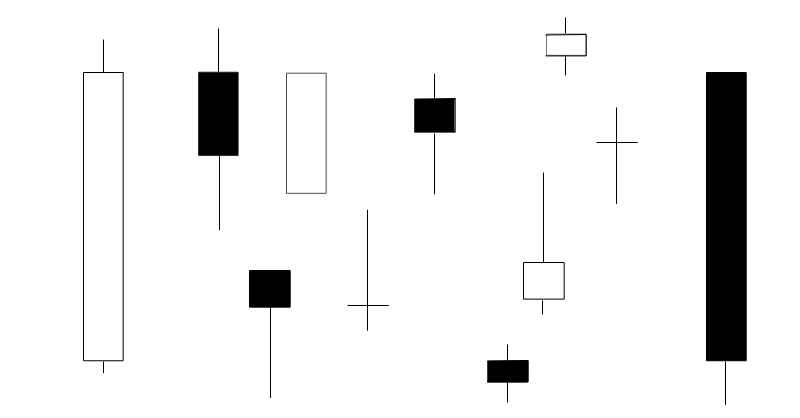Just like traders – and humans in general – crave certainty in the the markets, they also love to be in control (or think they are in control) of the markets. If you focus on what you can control, it will make trading easier. If you try to control the uncontrollable, it will make trading a lot harder. I explore this next.
Our Need to be In Control:
Not being or feeling in control means that a person does not have the ability to influence or direct something. This can make a person feel vulnerable and powerless, a state that not many of us want to be in.
Tying this back to trading: Since we can’t predict the markets, we deal with the unknown. If something can’t be predicted, it means it cannot be controlled. This is what can cause us to feel helpless, vulnerable and a host of other emotions like:
- Doubt
- Fear
- Anxiety
- Stress
- Frustration and Anger
As you can see, they are all negative and humans don’t like to experience negative emotions. We want to avoid them, hence our need to be or feel in control.
What We Can’t Control and Why We Still Try:
We, as traders, can’t control the outcome of a trade, but we still believe we can. The main reason for this is that we can’t accept losses.
The other thing that traders can’t control is the movement of the markets, i.e. price. But many traders believe it can be done. One of the main reasons for this is a lack of education. If you truly know how markets work, you’ll realize that price can’t be predicted / controlled.
If you believe you can control the outcome of a trade or predict price movement, you will forever fall victim to other people’s opinions, people that prey on those who crave control and certainty. You will also go down a rabbit hole, trying to find the perfect indicator, system, signal service, or whatever in order to satisfy your beliefs.
What We Can Control and How to get Better at It:
The good news is that that are a lot more things that we can control as opposed to what we can’t. If we can shift our focus to what we can control, we can improve our trading dramatically.
Following is what we is in our control:
- The trade entry.
- The stop loss.
- How a trade is managed.
- The amount of risk for each trade.
- The decision to trade or not to trade (For example: You only trade when market conditions are good for your strategy and vice versa).
These are the main ones. There are some others, but if you focus and work on the above, you’ll get a lot better.
The idea is to know what you can and cannot control. If a trade setup is identified and entered according to your criteria / strategy (entry, stop loss, your risk and price target), the outcome is out of your hands. The only other thing you can do while in a trade, is manage it according to your rules without trying to control / predict the outcome or what price will will do next.
If you can internalize and accept what’s not in your control, you will come to realize that it is best to spend your energy on what you can control. This is the point where you start thinking as a trader and where real improvement is possible.
Also, learn how to deal with losses. Losses are a part of trading and there is no way can get around it. The sooner you can accept this, the sooner you can get around to accept what you can’t control.
A good place to start is to read up and study Mark Douglas’ 5 Fundamental Truths of Trading.
Finally:
It’s hard. Being able to fully accept that a trade might end up in a loss even if you’ve done 100% what you were supposed to. It’s not easy when you can’t tell what’s going to happen next, to not feel in control. But this is what we, as traders, have to deal with daily. So it’s better to start working on accepting it, rather than fight it – because it’s never going to change.
